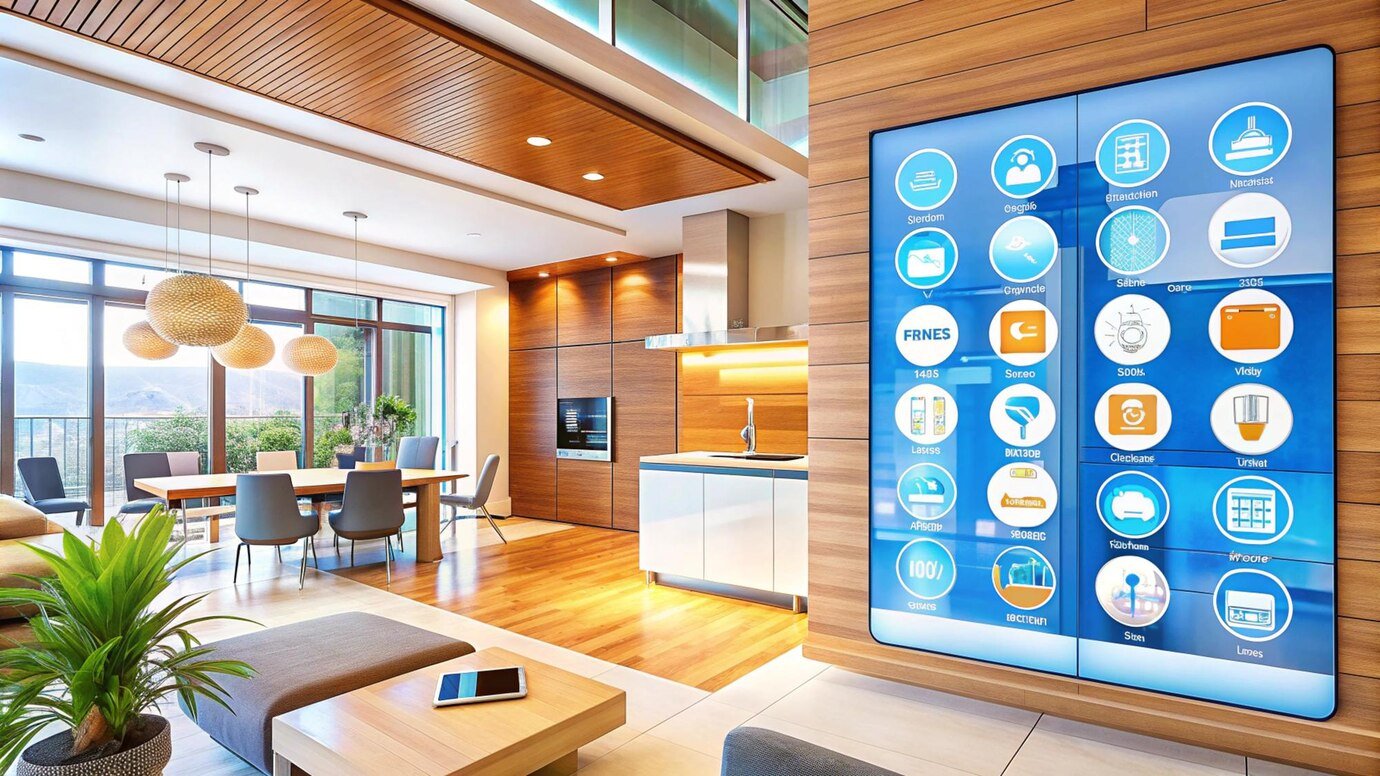Interior Systems – Level 3
About this course
Course Title: Interior Systems – Level 3
Duration: 12 Weeks
Level: Advanced
Prerequisites: Level 2 Interior Design/Architecture or equivalent experience
Module 1: Introduction to Advanced Interior Systems
Objectives:
Understand the role of integrated systems in modern interiors.
Explore trends in sustainable and smart interior systems.
Topics:
Overview of mechanical, electrical, and plumbing (MEP) systems.
Interaction between aesthetics and functionality.
Case studies of innovative interior systems.
Assignment: Analyze a commercial/residential space and identify key interior systems.
Module 2: Lighting Systems & Controls
Objectives:
Design advanced lighting schemes for different environments.
Integrate smart lighting controls (IoT, sensors, automation).
Topics:
Layered lighting (ambient, task, accent).
Energy-efficient lighting (LED, daylight harvesting).
Dynamic lighting for wellness (circadian rhythm systems).
Assignment: Create a lighting plan for a smart home/office.
Module 3: HVAC & Indoor Air Quality (IAQ)
Objectives:
Design HVAC systems for comfort and sustainability.
Address air quality, ventilation, and thermal comfort.
Topics:
HVAC types (VAV, radiant systems, geothermal).
IAQ standards (CO₂ monitoring, filtration).
Integration with interior design (discreet vents, acoustics).
Assignment: Propose HVAC solutions for a mixed-use building.
Module 4: Acoustic Systems & Soundscaping
Objectives:
Mitigate noise pollution through material and system choices.
Design for optimal soundscapes (offices, hospitality, residential).
Topics:
Sound absorption vs. diffusion materials.
Acoustic zoning and partitions.
Active noise-canceling technologies.
Assignment: Redesign a noisy open-plan office for better acoustics.
Module 5: Smart & Automated Interior Systems
Objectives:
Integrate IoT, AI, and automation into interiors.
Explore voice-controlled and responsive environments.
Topics:
Home automation (lighting, security, climate).
Adaptive interiors (kinetic walls, modular systems).
Privacy and cybersecurity in smart spaces.
Assignment: Develop a smart system proposal for a hotel room.
Module 6: Sustainable & Resilient Systems
Objectives:
Apply green building standards (LEED, WELL).
Design for energy efficiency and disaster resilience.
Topics:
Renewable energy integration (solar, wind).
Water-saving plumbing systems.
Fire safety and emergency systems.
Assignment: Retrofit an existing space with sustainable systems.
Final Project: Integrated Interior Systems Design
Students design a full interior space (residential/commercial) incorporating:
Lighting, HVAC, acoustics, and smart tech.
Sustainability and user wellness.
Presentation with technical drawings, 3D models, and system specs.
Assessment:
Weekly assignments (30%)
Mid-term project (20%)
Final project (50%)
Tools & Resources:
Software: AutoCAD, Revit, Dialux (lighting), SketchUp.
References: ASHRAE standards, WELL Building Institute.
This course balances theory, technical skills, and creative application, preparing students for high-level interior systems design in real-world projects. systems.
Comments (0)
An "Introduction to Advanced Interior Systems" would typically delve into more complex design concepts, software, and techniques beyond basic interior design principles. It might cover topics like BIM (Building Information Modeling), advanced material finishes, smart home integration, or specialized design areas like hospitality or healthcare interiors.
Lighting Systems & Controls refer to the technology used to manage and adjust illumination in a space, including devices like sensors, switches, dimmers, and controllers, all working together to regulate light levels and create desired effects. These systems can be basic or sophisticated, offering features like energy efficiency, personalized lighting, and integration with other building systems.
HVAC systems play a crucial role in maintaining good Indoor Air Quality (IAQ) by controlling temperature, humidity, and ventilation, as well as filtering out pollutants. IAQ refers to the condition of the air within buildings and can significantly impact the health and comfort of occupants.
Acoustic systems and soundscaping involve creating and managing sound environments to enhance the acoustic experience and address unwanted noise. Soundscaping focuses on the subjective perception of sound, aiming to create pleasant and functional auditory environments. This can involve enhancing desired sounds, masking unwanted noise, or even introducing artificial soundscapes for specific effects.
Smart and automated interior systems, often called smart home technology or home automation, integrate intelligent devices into a home for enhanced convenience, security, comfort, and energy efficiency. These systems allow homeowners to control various aspects of their home remotely, automate tasks, and create personalized living environments.
Sustainable and resilient systems focus on creating infrastructure and processes that can withstand and recover from disruptions, while also contributing to long-term sustainability. This involves considering environmental, social, and economic factors to ensure lasting positive impacts.





